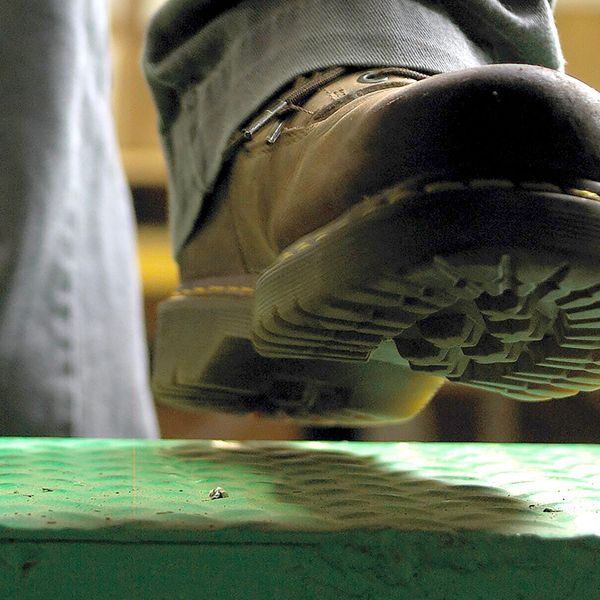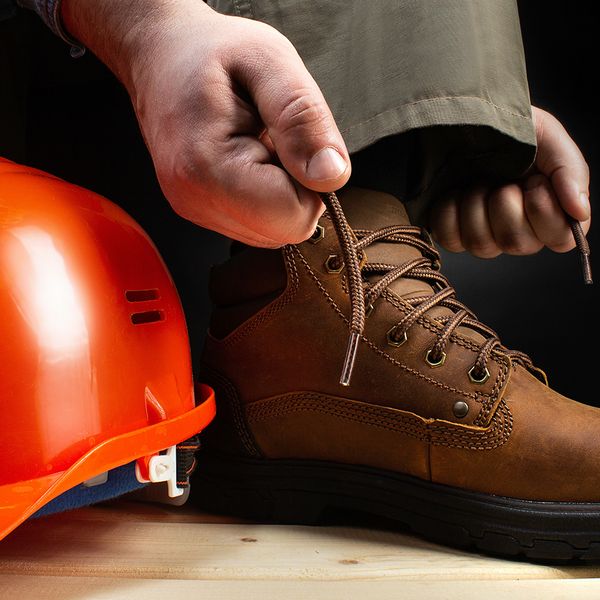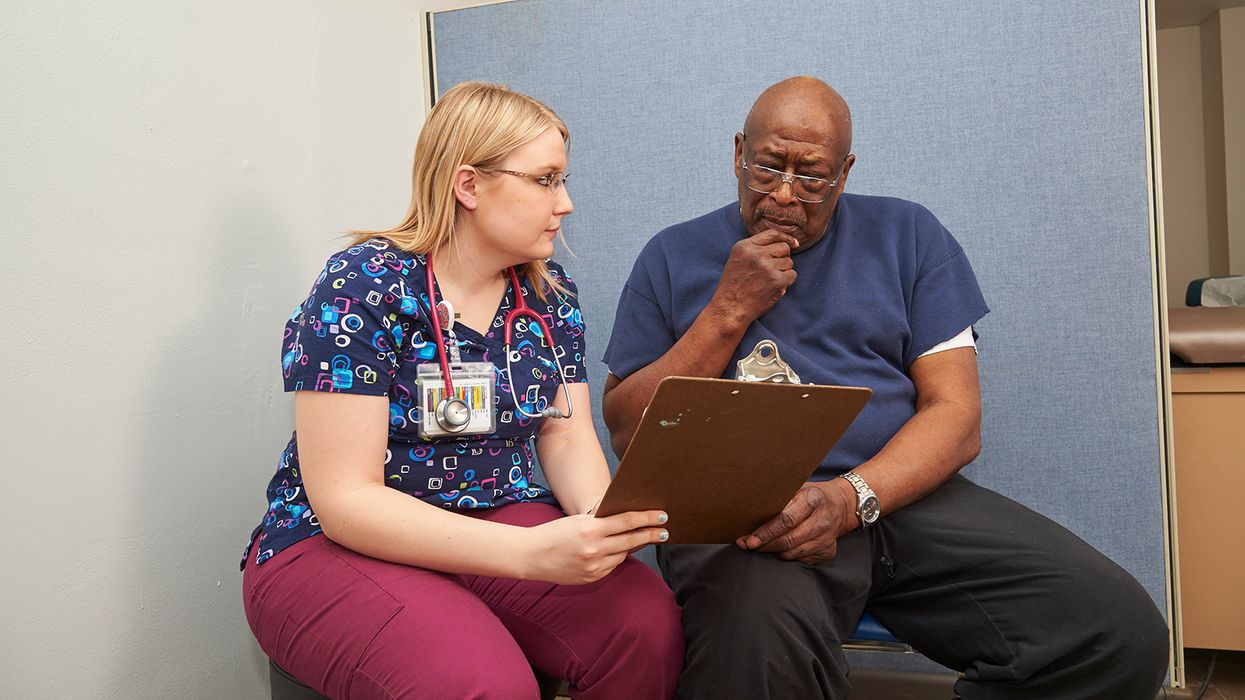Keep your feet moving safely with proper footwear
OSHA doesn’t just target workplaces in search of poor footwear. Many workers are injured annually from preventable foot injuries that can be largely avoided by wearing proper footwear. Typically, these issues surface during a workplace inspection or stem from an employee’s complaint to the Agency.
OSHA requires employers to pay for personal protective equipment. However, they aren’t required to pay for footwear if it’s non-specialty safety-toe footwear workers can wear outside of the workplace.
What features make safety shoes or work boots different from regular street shoes? They are designed to protect the foot and toes in areas most likely to be injured. There are many different types and designs of protective footwear.
Types of protective footwear
A few of the different types of protective footwear include employers should know about:
- Safety shoes — have toe guards that meet the ASTM F-2412-2005 and ASTM F-2413-2005 or ANSI Z41 (ANSI Z41-1999 or ANSI Z41-1991) standards. Steel, reinforced plastic, and hard rubber are used to protect toes, depending upon their intended use.
- Metatarsal guards — instep guards to protect the top of the foot from impacts. Metal guards extend over the top of the shoe rather than just over the toes.
- Conductive shoes — prevent the accumulation of static electricity that builds up in the body of the wearer, • Electrical hazard shoes — offer protection against shock hazards from contact with exposed circuits.
- Puncture-resistant shoes — protect against the hazards of stepping on sharp objects that can penetrate the soles.
- Slip-resistant shoes — have soles that provide improved traction in situations where slipping hazards exist • When choosing safety footwear, look for shoes that meet the ASTM F-2412-2005 and ASTM F-2413-2005 or ANSI Z41 (ANSI Z41-1999 or ANSI Z41-1991) Standards.
What must employers do?
Employers must train employees on the need for and use of protective footwear. Training should include:
- Information on when PPE is needed.
- An explanation of what protective footwear is required and where to obtain it.
- How to put on, take off, adjust, and wear protective footwear.
- The limitations of PPE.
- The proper care, maintenance, useful life, and disposal of the PPE.
Your employees must understand and follow your company’s procedures for foot protection. If they have any questions regarding how to protect their feet from injury on the job, ensure they know to ask their supervisor or understand how to contact your workplace’s competent person.
Key to remember
Each year, workers are injured from preventable foot injuries that can be largely avoided by wearing proper footwear. Employers must pay for certain personal protective equipment. However, they aren’t required to pay for footwear if it’s non-specialty safety-toe footwear workers can wear outside of the workplace.



















































